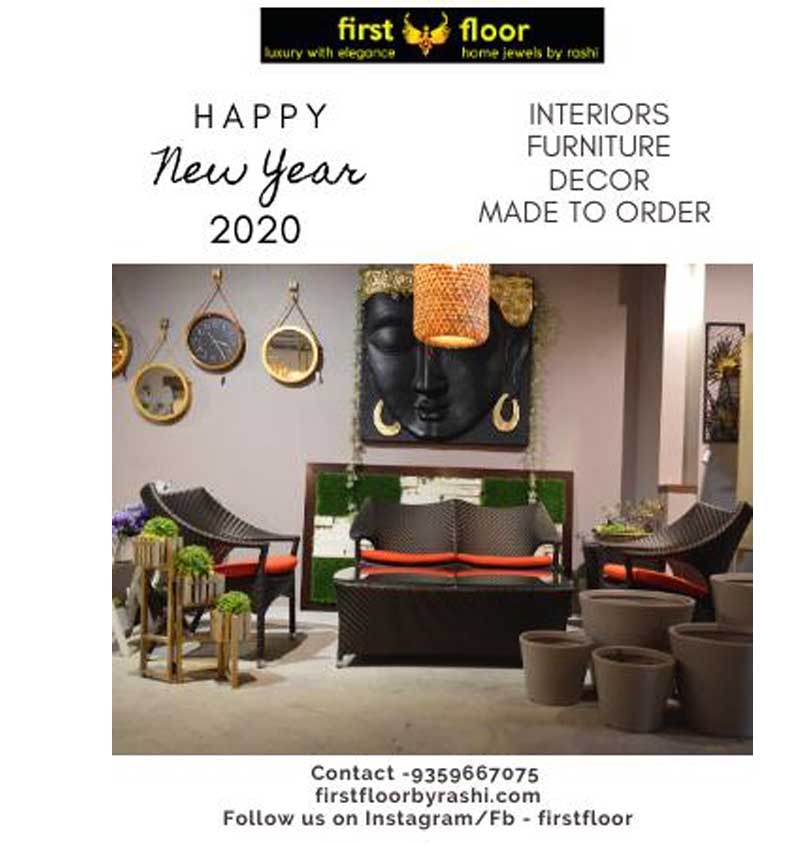Homes of the Ancient World
In 1800 BC, the concept of "home" varied widely depending on geography, social class, and available materials. But whether it was a grand palace or a humble mudbrick house, early interior design reflected both culture and necessity.
1. Egypt: Order, Symmetry, and Symbolism
Ancient Egyptians were among the most sophisticated when it came to design. By 1800 BC, the Middle Kingdom was transitioning into the Second Intermediate Period, but design principles remained steady:
-
Materials: Mudbrick walls, limestone floors, and wooden beams were common. Wealthier homes featured painted plaster walls and even mosaics.
-
Layout: Homes were laid out with symmetry in mind, reflecting the Egyptian emphasis on balance and order.
-
Furniture: Simple yet elegant, with stools, low tables, and wooden beds often decorated with carvings or inlays.
-
Decor: Walls were adorned with painted scenes from daily life, mythology, and nature. Pottery, woven mats, and reed curtains softened the spaces.
Symbolism played a big role. Colors and motifs (like the lotus, scarab, and sun disk) were not just decorative — they held religious and spiritual significance.
2. Mesopotamia: Functional Luxury
In Mesopotamia (modern-day Iraq), cities like Babylon and Ur were bustling with innovation. Interior spaces were surprisingly advanced:
-
Construction: Homes were built with sun-dried bricks and featured flat roofs and courtyards that helped regulate temperature.
-
Rooms: Houses were often multi-roomed, with designated areas for sleeping, cooking, and worship.
-
Design Elements: Walls were sometimes covered with decorative clay tiles. Wealthy homes might feature carved wooden doors and bronze fittings.
-
Furniture and Decor: Though minimalist by modern standards, interiors featured hand-crafted furniture, textiles, and ornate storage jars.
Mesopotamian interiors focused on both utility and prestige — how a home looked said a lot about its owner's status.
3. Indus Valley: Clean, Organized, and Ahead of Their Time
In the Indus Valley (modern-day Pakistan and northwest India), cities like Mohenjo-Daro and Harappa showed a surprisingly modern sense of urban planning:
-
Design: Homes were built around central courtyards, with flat roofs and multiple stories.
-
Materials: Fired bricks, stone, and wood made interiors durable and clean.
-
Sanitation: Remarkably, some homes had private baths and drainage systems — a level of hygiene not seen again in some parts of the world for millennia.
-
Furnishings: While few artifacts remain, we know they used pottery, stools, and possibly woven textiles or floor mats.
The focus was clearly on practicality, with a level of thoughtfulness that feels timeless.
Aesthetic Meets Function
While interior design in 1800 BC didn't include Pinterest boards or paint swatches, the same principles that guide today’s design — comfort, function, beauty, and expression — were present.
Each culture had its own take on aesthetics, yet all valued:
-
Natural materials like wood, clay, and stone
-
Handcrafted items for both use and decoration
-
Cultural identity reflected in patterns, colors, and spatial layout
Legacy of Ancient Design
Interior elements from 1800 BC continue to influence us. From terracotta tiles to handwoven rugs and the use of natural light and open-air courtyards — these are all echoes of ancient sensibilities. Even the idea of separating spaces by function or creating harmonious symmetry traces back to civilizations thousands of years old.
Conclusion
Though separated by millennia, the people of 1800 BC shared something timeless with us — a desire to make their spaces not just livable, but meaningful. Whether carved in stone or painted on plaster, the ancient interiors whisper stories of daily life, spirituality, and the universal human urge to feel at home



















Your Message